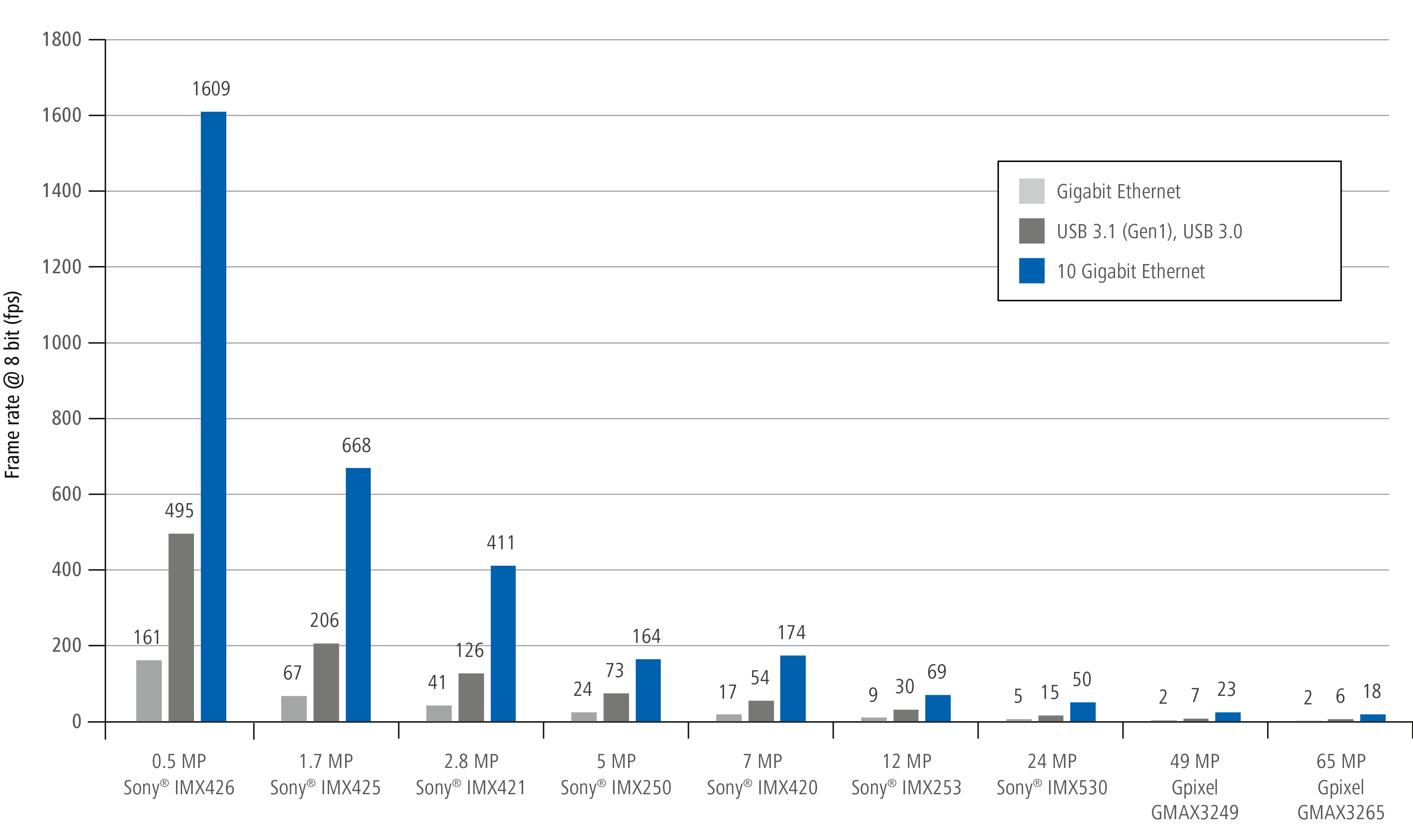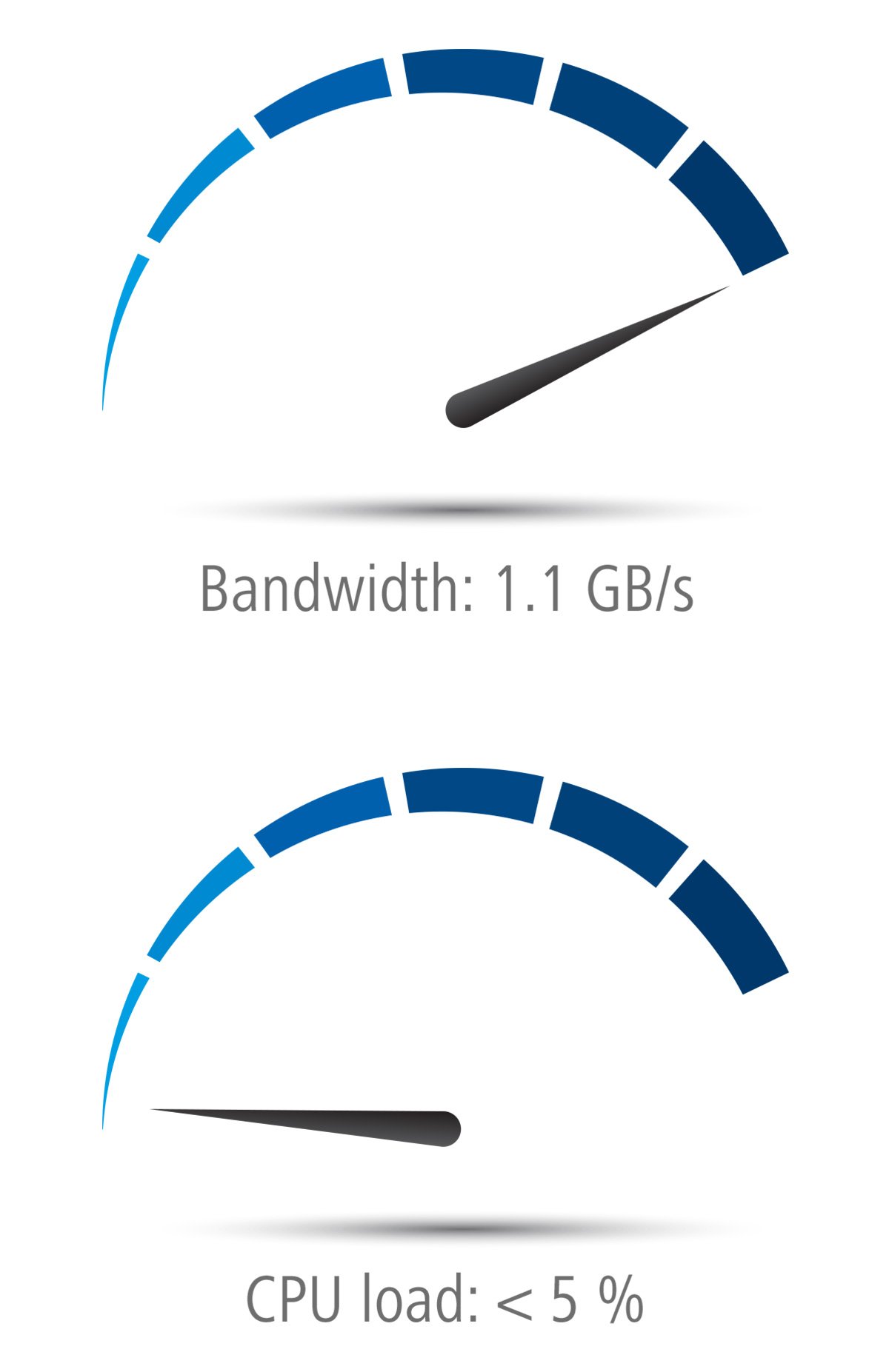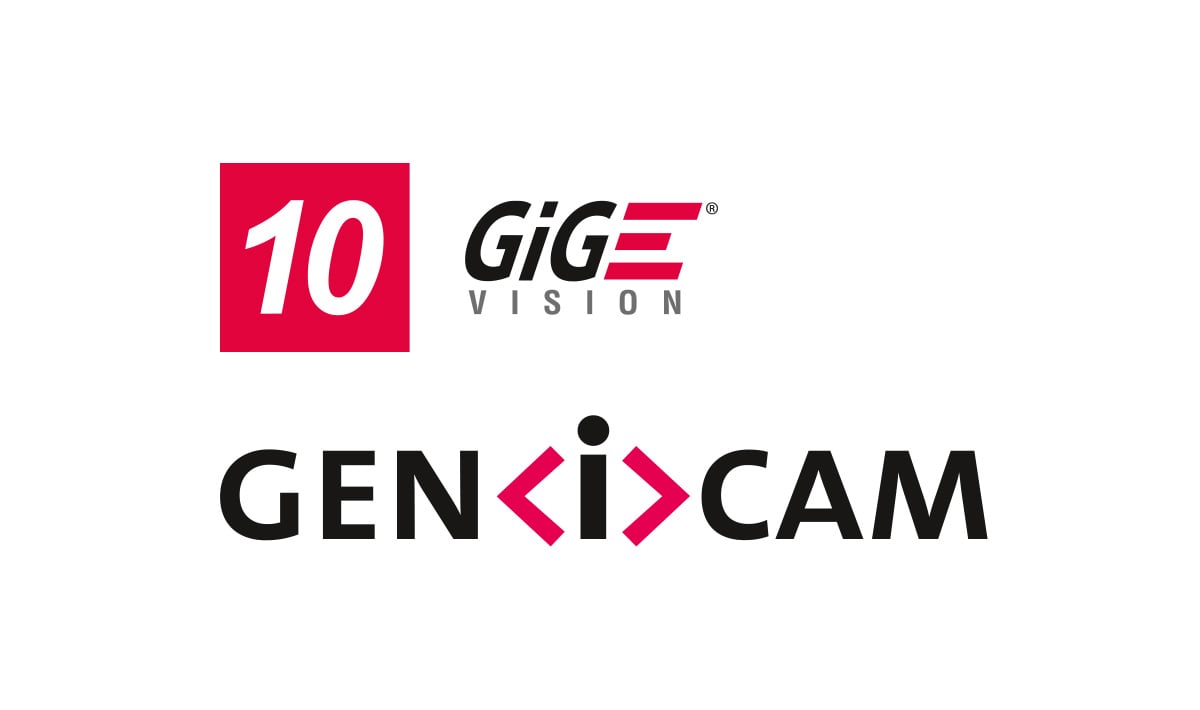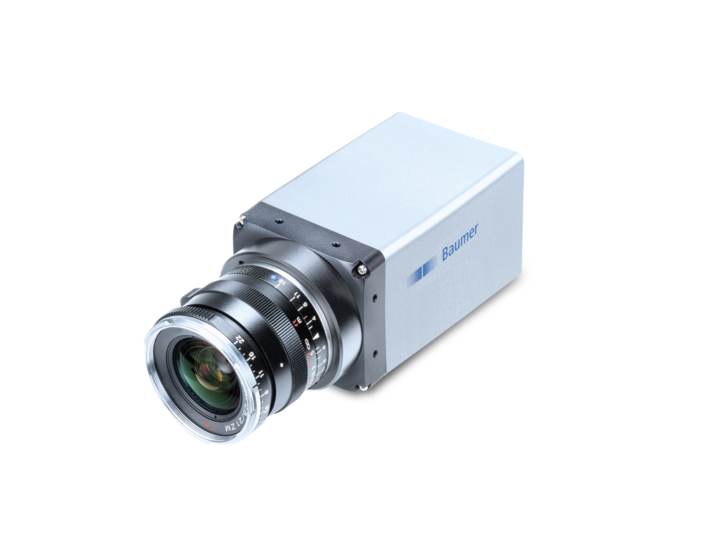Video “5 reasons for 10 GigE cameras”
10 Gigabit Ethernet – fast, reliable and easy integration
Gigabit Ethernet is the most widely used interface in industrial image processing due to low system costs, cables up to 100 m in length and the GigE Vision standard for easy integration. The ongoing trend toward higher resolution and speed due to ever faster production cycles and new CMOS sensors calls for cameras with increased transmission bandwidth. 10 Gigabit Ethernet allows for transmission of 10 times more image data at 1.1 GB/s while at the same time providing all the advantages of Gigabit Ethernet interfacing without requiring a change to integration software.
High bandwidth for cables up to 100 m
The 10 GigE interface provides stronger solutions for applications requiring high bandwidth for long-distance transmission up to 100 m with a single cable, but eliminates the need for specialized components such as frame grabbers.
Under the label 10GBase-T, the Ethernet standard IEEE 802.3an defines the use of twisted pair cables. CAT6 cables are allowed for up to 55 m distance. Greater distances call for CAT6a cables.
For existing CAT5e installations where replacing the present cabling is economically infeasible, transmission rates of 2.5 or 5 Gbit/s are recommended. Transmission speed is defined in standard IEEE 802.3bz of the NBASE-T Alliance.

High-speed image processing
Precise detection in fast processes
Modern CMOS sensors offer excellent image quality at high sensitivity, low dark noise and a very high dynamic range at high frame rates. Together with the 10 GigE interface, these benefits display their strength in fast processes such as in video applications with up to 4K at 60 fps as well as in motion analysis and in virtual reality applications.

LXT and QXT models by Baumer are high-performance industrial cameras with 10GBase-T interface and the latest CMOS sensors.
Short latency for ever-increasing machine speed

Compared with Gigabit Ethernet cameras, 10 GigE cameras significantly reduce overall system latency – i.e., the delay between the host‘s request and receipt of response. First, sensor reading is much faster which means shorter readout times, and finally the 10 GigE interface speeds up data transmission. The latency also depends on utilized hardware and software components. Unlike Gigabit Ethernet with 50 to 125 μs, the latency per frame is brought down to approximately 5 to 50 μs.
Minimum CPU load but maximum bandwidth: enhanced processing performance for your application

Permanent tests performed with a QX-camera (image acquired in internal memory) at full 10 GigE interface capacity with 1.1 GB/s (12 MP @ 92 fps) and using Baumer GAPI Software, i7 CPU and Intel X540 T2 network card resulted in a low CPU load of < 5 %.
Quick and easy integration

More and more PC motherboards support the 10GBase-T interface for direct implementation of 10 GigE cameras. Alternatively, low-priced 10GBase-T standard network cards generally allow for one-cable solutions with data and power (Power over Ethernet) via the same cable. However, Camera Link or CoaXPress always require an additional frame grabber card.
From GigE Vision Standard version 2 onward, changing the application software during the camera integration is a thing of the past, since the software is fully separated and autonomous from the Ethernet interface. Programming using GenICam remains the same, and operation together with GigE Vision cameras is easily achievable.
Reliable image transmission
Baumer GigE Vision cameras and Baumer GAPI SDK will not lose a single frame thanks to the internal image memory together with an efficient filter driver. This was proven in endurance tests both under Windows 7/10 and Linux. Neither the Camera Link nor CoaXPress interfaces provide such high security in image data transfer.
Reducing system costs
Since 10GBase-T does not require a standard interface card, or only one that is significantly cheaper than Camera Link or CoaXPress, system costs and the effort for software integration and field maintenance are greatly reduced.
Furthermore, favorably priced standard Ethernet cables are sufficient over the much more expensive cables required for Camera Link. And thanks to the RJ45 Ethernet connector for host assembly in the field, you need only pay for the required cable.
Where periodic image acquisition is required instead of continuous, for example in clocked production, 10 GigE cameras with burst mode offer an alternative to CoaXPress. QX series cameras with 12 MP resolution are capable of 335 fps in short-term acquisition, which is about twice the speed of fourfold CoaXPress CXP-6 cameras.
Oferta produktów
Do pobrania
Broszury / Katalogi
-
Broszura – Wydajne kamery przemysłowe
-
Ulotka – Kamery LXT z 10 GigE
Raport techniczny i użytkowy / White Paper
-
White Paper – 10 GigE: High-speed for your machine vision task




